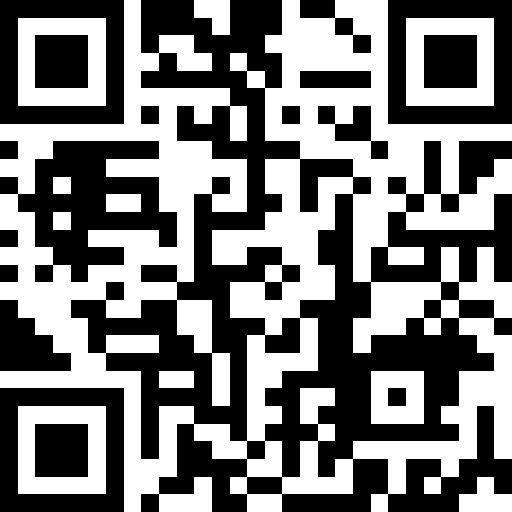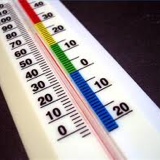Fire Drill Report prepared for WSFSSH
-
Preperation
-
Fire Drill Conductor
-
FDNY COF#
-
Location
-
DATE
-
SHIFT
-
ALARM COMPANY NOTIFIED
-
ALARM TYPE
OBJECTIVE: The primary objective of this fire drill is to ensure that all personnel are familiar with the emergency evacuation procedures, understand their roles during a fire emergency, and can effectively use fire safety equipment.
PREPERATION
-
Notification: All participants and relevant authorities were notified of the scheduled drill.
-
Review of Procedures: Conducted a pre-drill briefing covering: - Evacuation routes - Assembly points - Use of fire extinguishers - Roles and responsibilities
FIRE/ NON-FIRE EMERGENCY DRILL EXECUTION
-
Start of Drill: Alarm Activation: The fire alarm was activated at [Insert Time] to simulate a real emergency.
-
All clear sounded at [Insert Time].
EVACUATION PROCESS
-
Participants evacuated the building in an orderly manner.
-
All exit routes were utilized according to the pre-determined plan.
-
Personnel were observed following the correct evacuation procedures.
-
Smoke Barrier Doors Closed Permanently
-
Staff Members Checked Rooms
-
Staff Members Closed Doors
-
Staff Members Cleared Corrirdors
-
Elevator(s) Used
ASSEMBLY POINT
-
All participants gathered at the designated safety assembly point at [Insert Time].
OBSERVATIONS
-
Response Time: Total evacuation time was [Insert Time]. This includes: - Time taken to respond to the alarm - Time taken to reach the assembly point
-
Compliance: [Insert percentage]% of participants followed the evacuation procedures correctly.
-
Issues Encountered: - [List any issues or obstacles that occurred during the drill, e.g., blocked exits, delayed responses, etc.]
PARTIAL EVACUATION
-
Number of Residents
FULL EVACUATION
-
Number of Residents
POST DRILL REVIEW
-
Feedback Session: A debriefing was held immediately after the drill to gather feedback from participants.
-
Strengths Identified: - [List strengths observed during the drill, such as quick response, clear communication, etc.]
AREAS OF IMPROVEMENT
-
List any areas that need improvement, such as additional training needed, better signage, etc.
RECOMMENDATIONS
-
Conduct additional training sessions for staff on the use of fire extinguishers and evacuation procedures
-
Review and update evacuation maps to ensure all exits are clearly marked
-
Schedule the next drill in [Insert timeframe] to maintain readiness
CONCLUSION
-
This Fire/ Non-Fire Emergency Drill successfully achieved its objectives, ensuring that personnel are familiar with the fire safety protocols and evacuation procedures. Continuous improvement efforts will enhance the effectiveness of future drills.
Untitled Page
-
Add signature
undefined
Frontline Safety NY FSNY.nyc (917) 909-1777 Safe@FSNY.nyc
-
Enter Comments:
-
Upload Photos from your device.














